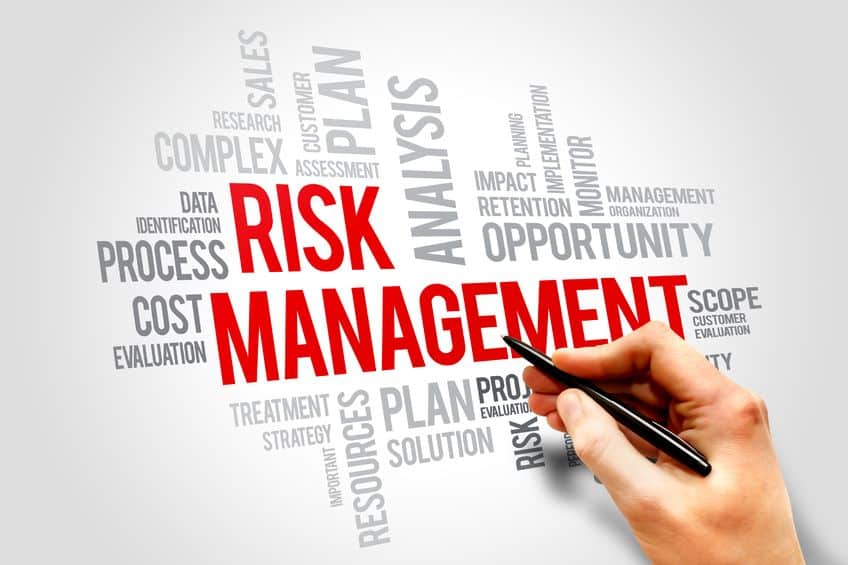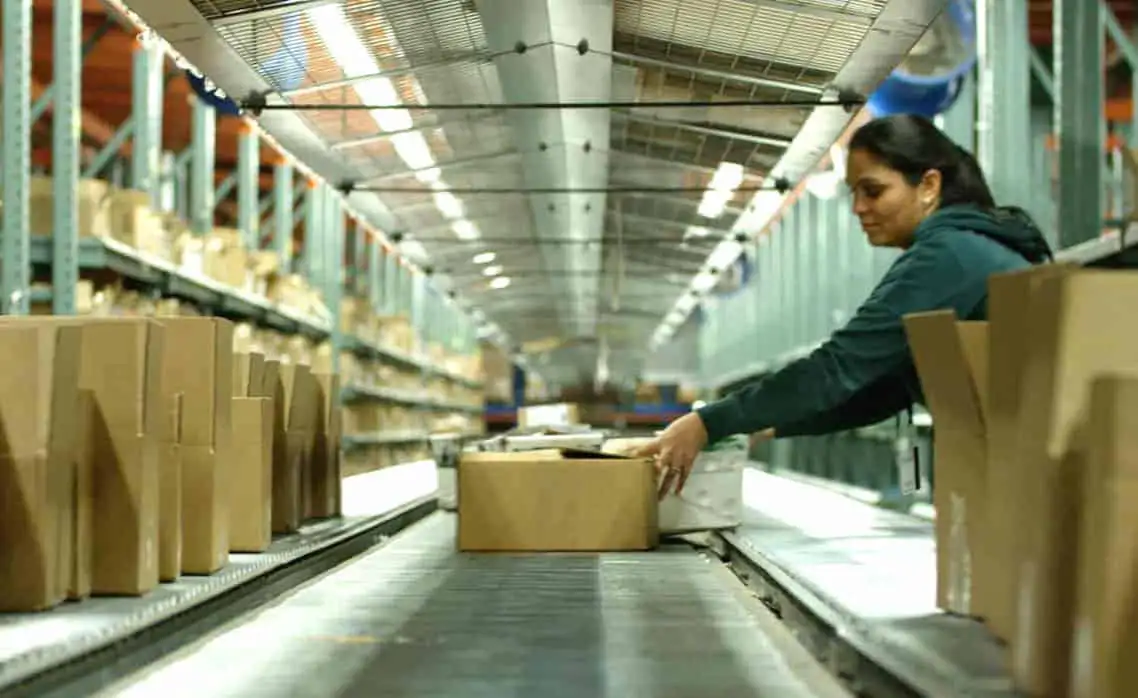Move from Supply Chain Risk to Supply Chain Resiliency
The recent announcement of Hanjin Shipping’s bankruptcy filing, and the ensuing chaos resulting in tens of billions of dollars in cargo stranded at sea, is the latest reminder of the inherent risk in global supply chain management. Supply chain risk rears its head directly, as in a case like Hanjin, but also indirectly – where issues like the 2016 US Presidential Election, large-scale cyber-attacks, and the on-again/off-again Trans-Pacific Partnership agreement WILL all impact global supply chains in some way.
Over the past 5 years, supply chain risk management has moved onto the radar of the C-level, especially in industry segments like retail, cpg & technology where supply chain execution is now a primary enabler (or disabler) of profitable sales growth. Deloitte did a comprehensive supply chain risk study back in 2012, and though a few years old, this study sheds light on the issues business face with respect to risk management. It also lends credence to the notion that risk management should be elevated toward the top of the list of strategic issues companies must confront.
As global supply chains become more elongated, and customer fulfilment requirements become shorter – being able to quickly adapt and overcome risk is of critical importance to supply chain execs.
Check out Legacy’s VP of Transportation discuss shipping dilemmas>>>
Leaders Mitigate Risk for Supply Chain Resiliency
We did a webinar earlier this year with our friend Adrian Gonzalez (@TalkinLogistics) on risk management and supply chain resiliency. Paraphrasing one of our favorite quotes from Adrian: “for supply chain professionals, instead of putting VP of Supply Chain on your business card, you can probably put down VP of Risk Management.” As much as anything else, today’s supply chain leaders manage and mitigate risk to bolster the resiliency of their supply chain.
Though there are many best practices leading companies have employed to make their supply chain more resilient, it really comes down to one thing:
Leaders Have a Proactive vs. Reactive Risk Mindset
Following a supply chain disruption, companies typically put together some sort of cross-functional team to figure out what went wrong, develop recommendations to avoid the disruption in the future, and print up reports that eventually go up on the shelf until the next time the disruption occurs. Perhaps additional steps are taken upstream or downstream to gain visibility or enhance the speed at which supply chain disruption data is made available, but in many cases companies don’t set up a continual, proactive approach to risk. It’s a project instead of a process, and lacks true ownership.
The companies we’ve seen lead the way have made risk management a continual, strategic focus by allocating dollars, committing people, and investing in partnerships. Those companies consistently do the following:
-
Actively monitor risk metrics
including time to survive (which measures current inventory required to keep the supply chain operating), financial impact (looking at lost revenue & how long it takes to quantify financial impact of a disruption), time to resolution (how long it takes for the supply chain to overcome the impact of disruption). Leaders also have enabled their systems and processes to make risk data available within hours of a disruption occurring.
-
Build redundancy into the supply chain
including building product redundancy through strong supplier relationships, capacity redundancy through a diverse carrier mix w/established alternate routing fallbacks, and systems redundancy – which includes network & connectivity backups in your own network as well as with your supplier & service provider partners.
-
Take a full-spectrum approach to risk management
Supply Chain Leaders are on top of mitigating risks inherent to supply chain – things like port labor strikes, carrier capacity, weather, etc. However, the true supply chain leaders also focus on risk’s impact on future sales, and potential dilution of their brand. This means having strategies in place to protect products from reaching black markets, as well as evaluating suppliers to ensure they are ethically and environmentally sound.
The data shows few companies out there have actually moved from risk to resiliency. By proactively building risk management into your strategy, your business processes, and ultimately ingraining it into your culture, you can achieve a new level of resiliency in your supply chain.
-
Legacy Achieves Platinum Status for Delivery Excellence From Amazon
When it comes to supply chain performance, the margin for error is razor thin. Customers expect orders to arrive quickly, accurately, and...
+ Read more -
IPS Corporation selects Legacy as 3PL Partner to drive Supply Chain Transformation
FRANKLIN, IN | September 10th, 2025 – Legacy SCS announced that it has been selected by IPS Corporation, a global leader in Water...
+ Read more -
How GForce Transformed Its Supply Chain Into a Powerful Growth Engine
When GForce Arms launched in 2020, the mission was simple but ambitious: deliver affordable, reliable firearms with the speed and...
+ Read more




